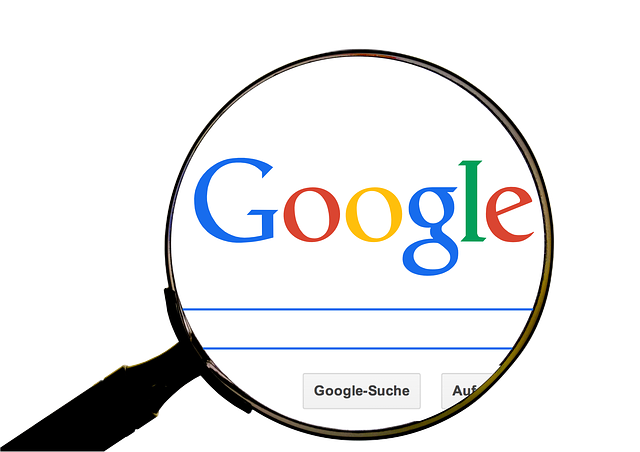Designing for Accessibility & Inclusive UX: A Practical Guide
Let’s be honest—web design isn’t just about looking sleek anymore. It’s about working for everyone. Accessibility has shifted from a compliance checkbox to a competitive advantage. When a website is built with accessibility in mind, it opens doors for people with visual, auditory, cognitive, or motor impairments. Think about users who rely on screen readers, voice navigation, or text magnifiers—shouldn’t they have the same smooth experience as everyone else? Absolutely.
Here’s where it gets interesting: accessibility and SEO share a lot of common ground. Search engines love websites that are structured well, easy to navigate, and packed with meaningful content—all traits of accessible design. So, if you’re focused on SEO-friendly website designing in Dubai, accessibility isn’t just an ethical choice—it’s a strategic one. An accessible site ranks higher, retains visitors longer, and converts more efficiently.
Dubai’s digital scene is fast-paced and competitive. Businesses are constantly looking for ways to stand out. The secret? Start designing for all users, not just most. Accessibility shows empathy, inclusivity, and professionalism. It tells users your brand values everyone’s experience. At the end of the day, it’s not only good for your users—it’s good for your business growth, reputation, and Google visibility.

Designing with Empathy: The Foundation of Inclusive UX
Accessibility begins long before a line of code is written. It begins with empathy—the ability to understand users’ needs, challenges, and emotions. Ask yourself: can every visitor easily navigate your site without frustration? Can someone using a screen reader fill out your forms or find your main menu? Accessibility isn’t a limitation—it’s an opportunity to design smarter, cleaner, and more thoughtful interfaces.
For brands investing in SEO-friendly website designing in Dubai, empathy-driven design adds tremendous value. When your website speaks the language of clarity, simplicity, and accessibility, it naturally performs better. Search engines reward well-structured sites with higher visibility. More importantly, users reward them with loyalty. Accessibility transforms design into a conversation between your brand and your audience—one where everyone is invited to participate. And that’s what real user experience is all about.
Practical Steps to Make Your Website Accessible
Designing for accessibility doesn’t require reinventing the wheel—it just requires intention. Start with color contrast. Your text should always be easily readable, even for color-blind users. Next, every image should include descriptive alt text. This allows screen readers to “speak” visuals to users who can’t see them. Simple, but powerful.
Keyboard accessibility is another big one. Many users rely entirely on keyboards for navigation. Test whether your site’s buttons, menus, and links can be accessed without a mouse. Add captions and transcripts for videos. Avoid flashing animations or complex carousels that might disorient users. These aren’t technical luxuries—they’re essentials for inclusivity.
Now here’s the part most people miss: accessibility improvements often supercharge SEO. A website with clear headings, logical structure, and descriptive metadata is easier for Google’s crawlers to understand. This is exactly what separates standard design from SEO-friendly website designing in Dubai. Fast loading speeds, mobile responsiveness, and text-based content are accessibility wins that double as SEO boosters.
The trick is consistency. Audit your website regularly. Use accessibility tools to identify gaps and fix them. Each adjustment—no matter how small—creates a smoother user journey. When you design for inclusion, you don’t just check a box; you create a digital experience that feels effortless for everyone who visits.


The Payoff: Brand Trust, Better SEO, and Broader Reach
Here’s the best part—accessibility pays back. Not in vague moral points, but in measurable business outcomes. Accessible websites load faster, rank higher, and attract a wider audience. They deliver smoother experiences that users actually enjoy, and that’s what keeps people coming back. In fact, inclusive design directly impacts metrics like bounce rate, time on page, and conversions—three key pillars of SEO success.
At Ways of Web, we believe accessibility is the future of SEO-friendly website designing in Dubai. It’s where creativity meets responsibility. Every accessible feature—alt text, captions, contrast, keyboard navigation—isn’t just helping someone; it’s building credibility for your brand.
So if you’re planning your next website or redesign, start from the mindset of inclusion. You’ll not only create a site that looks stunning, but one that truly performs. Because the internet should be for everyone—and the brands that understand that will always lead the way.


